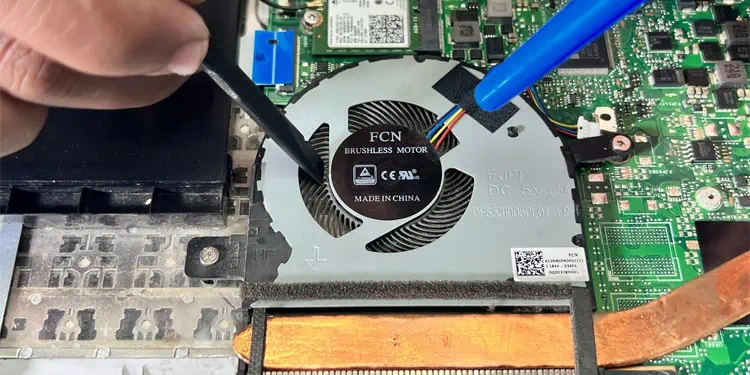123b toys
$671
Lenovo laptops primarily beep in three situations, The first type of beep indicates an invalid key
- SKU:91
- Category:Casino Games
- Tags:roulette
Product description
Lenovo laptops primarily beep in three situations,
The first type of beep indicates an invalid key combination warning as the laptop tries to interpret the simultaneous keystrokes as a key combination. The second situation is also a simple alarm denoting the respective action and does not affect your system in any way.
You can disable both of these beeping features by changing your BIOS settings. You need to access the BIOS (F1 or F2 key) and go to the Configuration or Config tab to find such options.
Startup beeps, however, indicate POST errors and are more serious. The laptop runs a Power-On Self-Test (POST) sequence from its BIOS to check all hardware components before handling the control to the kernel of the Operating System. If it finds any issues during this diagnosis, your computer starts beeping in particular sequences depending on the exact issue.
If the screen also displays some error message along with the beeps, you can try searching those on the internet to obtain relevant causes. If not, try listening to the beeps carefully and note down the sequence. Then, you can search for the exact cause corresponding to that sequence on the official sources.
You can also use the Lenovo PC Diagnostics app on your mobile phone to determine the reason automatically. After that, go to the relevant solution to resolve your issue.
Lenovo provides a PC diagnostic app, which you can install on your android or iPhone devices to diagnose the startup beeps on Lenovo ThinkPads.
You can also tap on AQUIRE, and then press and hold the Volume up or Fn button on your Lenovo keyboard to get a different beeping sound. The app will use it to get the serial number of the device and determine if the warranty is still valid.
You can resolve many issues with your devices and system voltage by power cycling the laptop. Doing so drains any excess charge on the components and properly refreshes them. So, it’s better to do so anyway whenever you encounter POST errors.
In addition to it, it’s also better to clear the CMOS memory to reset your BIOS at the same time. If you made some undesirable changes to your BIOS settings, your hardware devices may not work properly.
Your system loads all active processes to your RAM. So, the POST operation does not allow booting if there are some issues with the RAM. First, you need to reseat the RAM to make sure it is working properly.
If the error persists, try connecting the RAM to another DIMM slot. If it still doesn’t work, you need to replace the device with a new one.
If you were able to narrow down the beeps to display issues using the app or by searching on the internet, you need to first check the cable connection.
Then, power up the laptop and see if you encounter POST beeps. If you do, you need to reattach the display cable on the system board as well.
If you still encounter the beeping error, try connecting your PC to an external monitor and see if it displays properly. If so, you need to replace the LCD panel. After replacing it, reassemble everything together by reversing the above steps.
Sometimes, the cable itself may be damaged. Replacing this component is more difficult as you need to take apart the entire hinge to remove it. So, we recommend seeking help from hardware experts.
Your laptop will also not boot if your CPU fans are not running to protect the processor from overheating. If the beep sequence indicates that your fans are responsible, open your laptop’s case using any of the above methods and clean the fans. We recommend using a toothpick to hold the fans and then spraying canned air with different angles for thorough cleaning.

After that, put everything back together and check if the POST error persists. If so, your fan may be damaged and you need to have it replaced.
If the diagnostic app shows that your external devices are drawing off too much voltage, you can simply remove them to resolve the issue. Then, you can easily replace them with other devices which don’t have such problems.
However, for internal devices, replacing them is not so easy. It’s best to take your laptop to a hardware specialist or a Lenovo service center to replace components such as the system board, PCIe or DIMM slots, fans, graphics cards, and so on.







